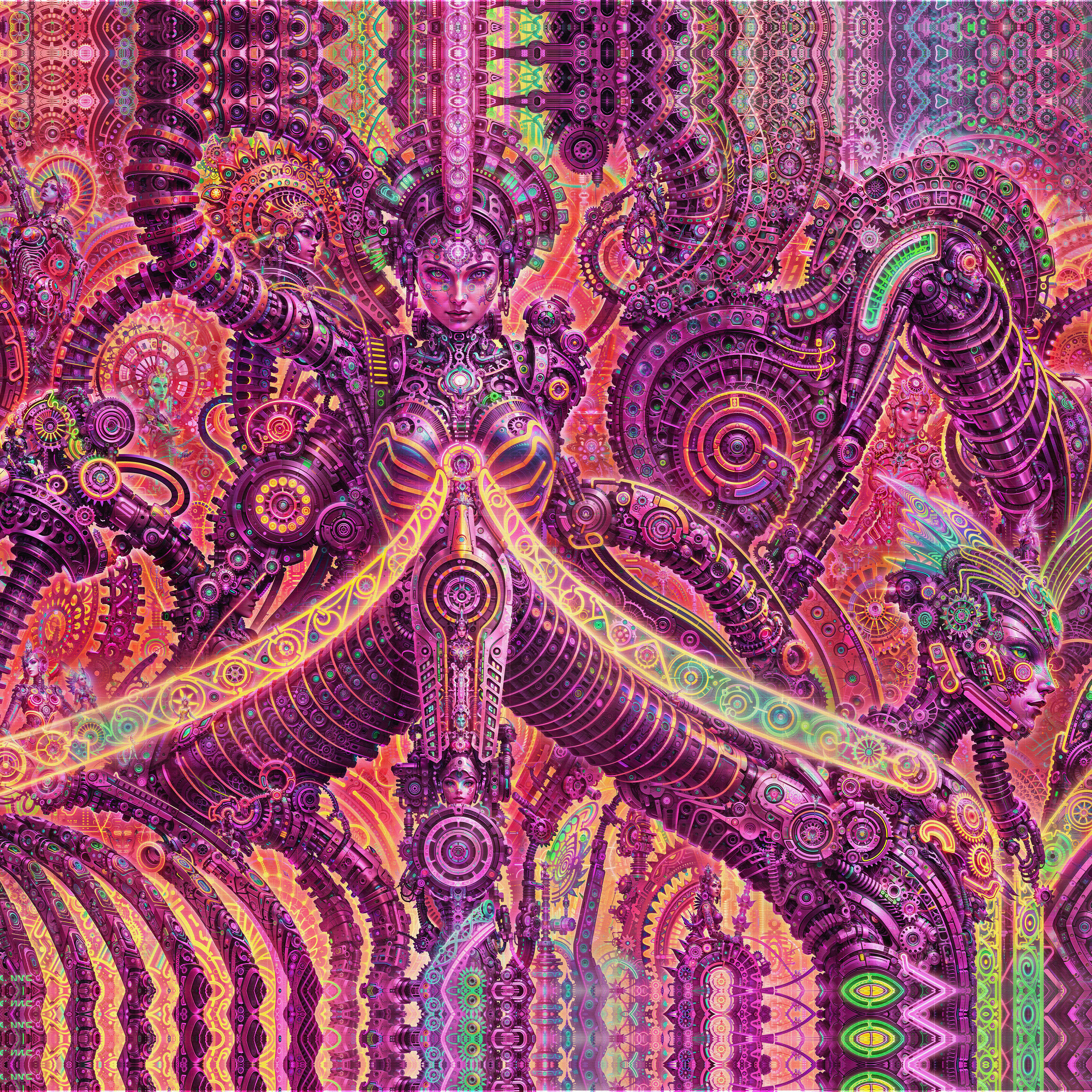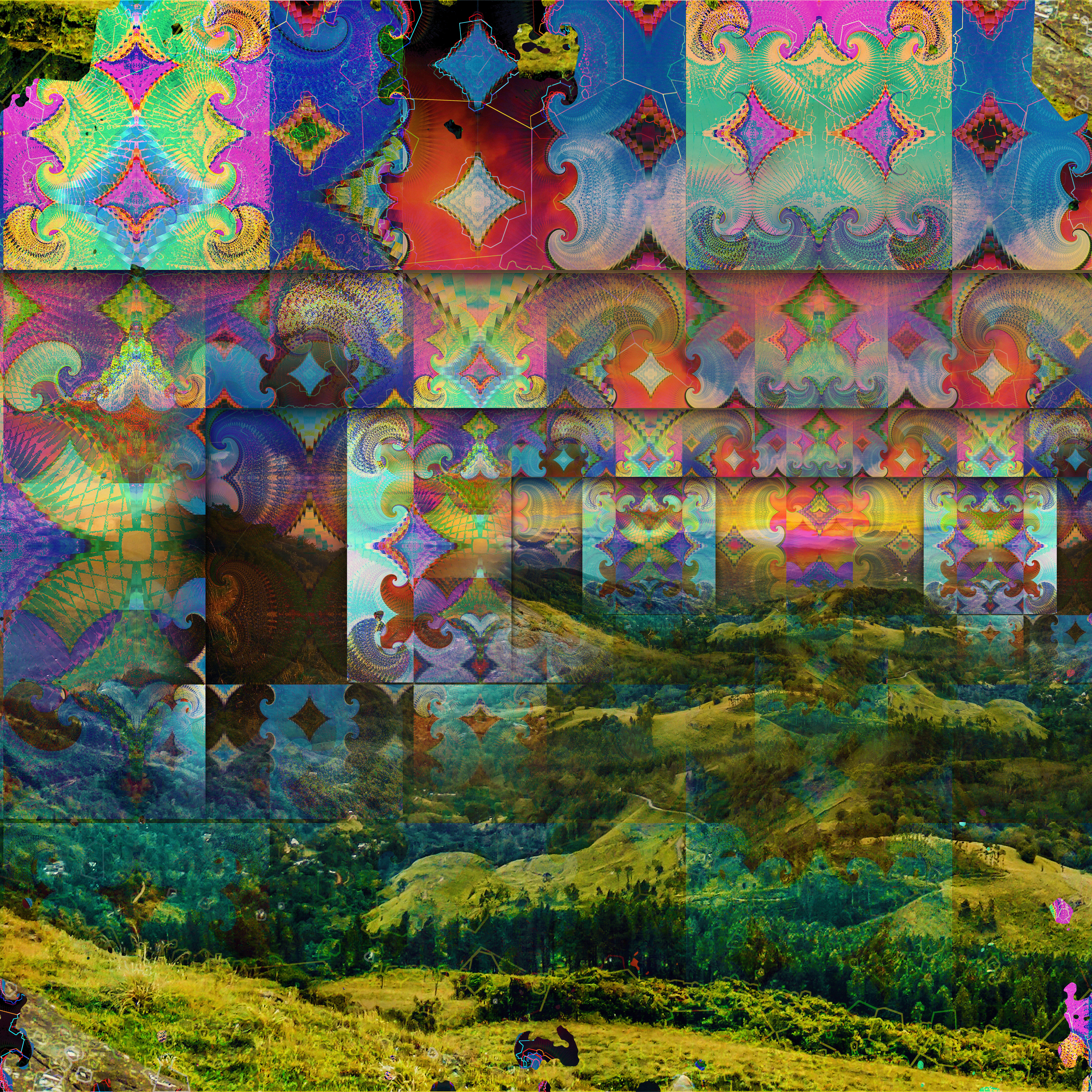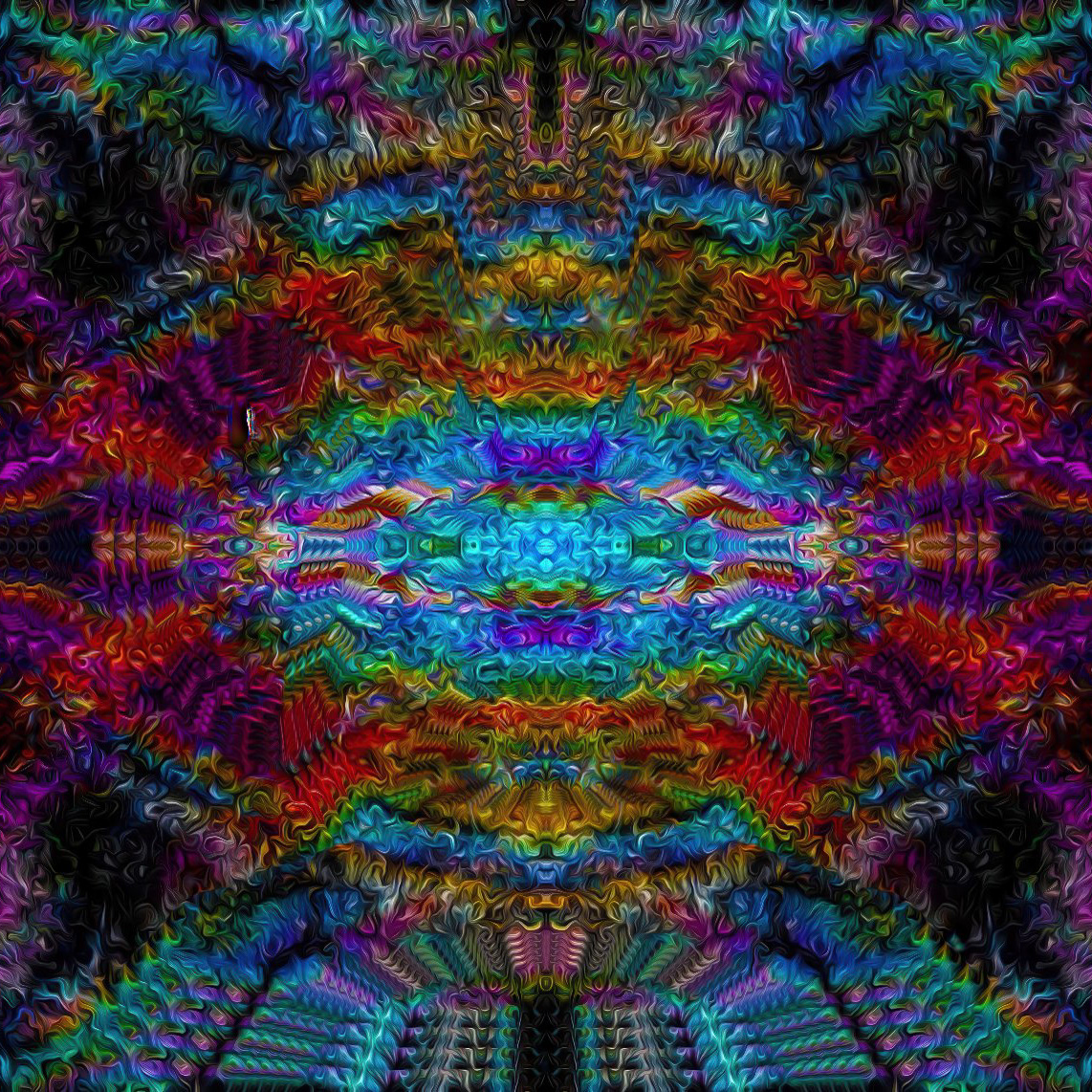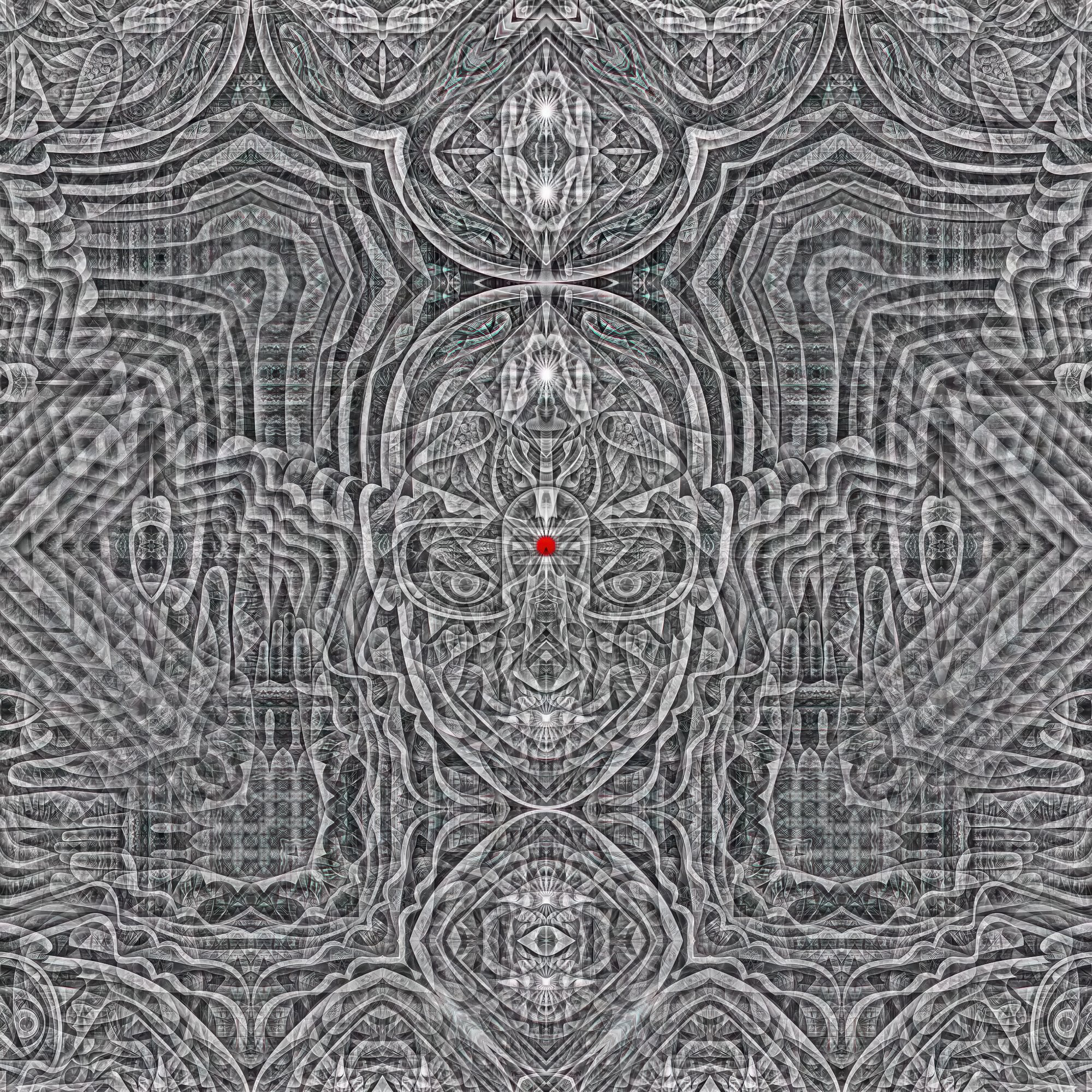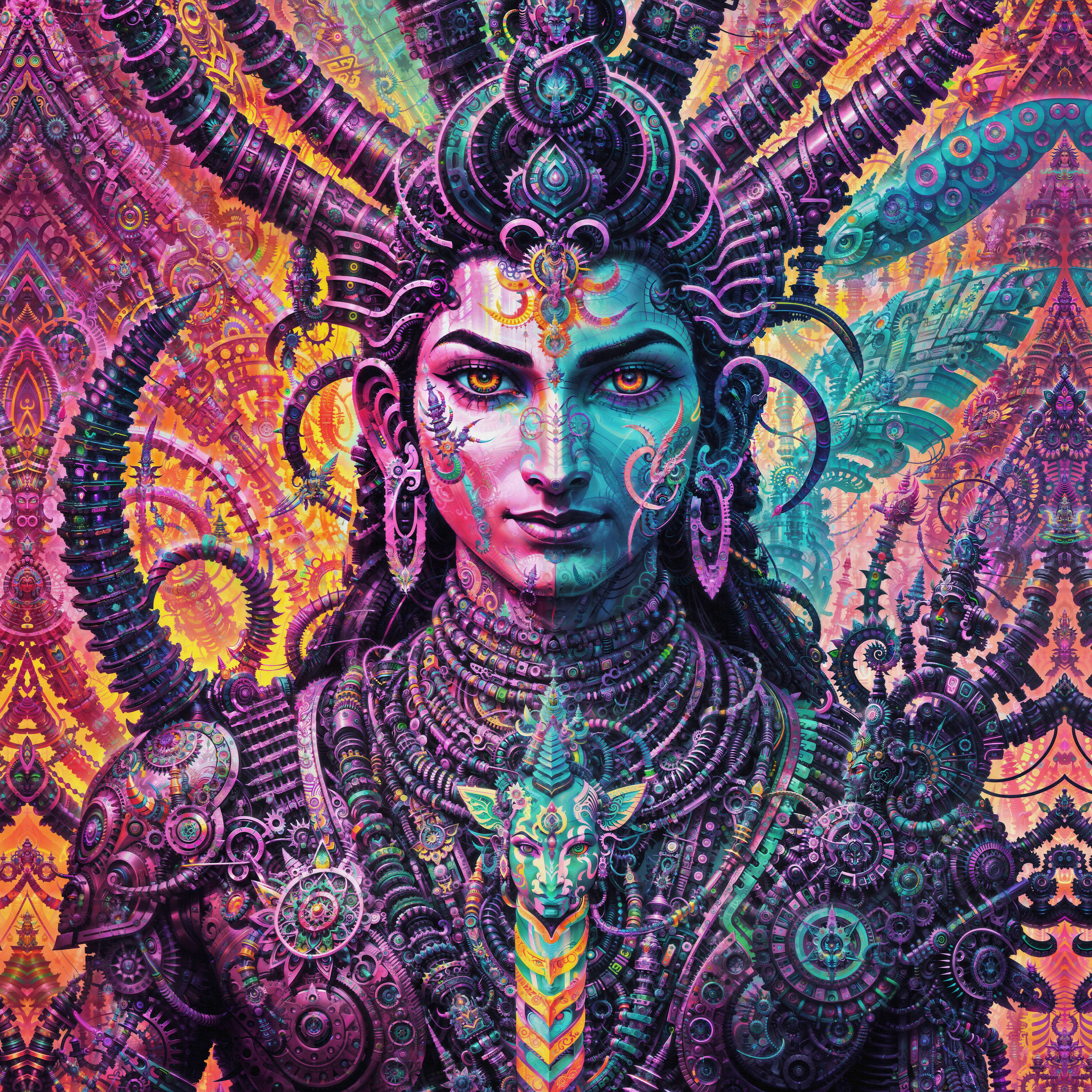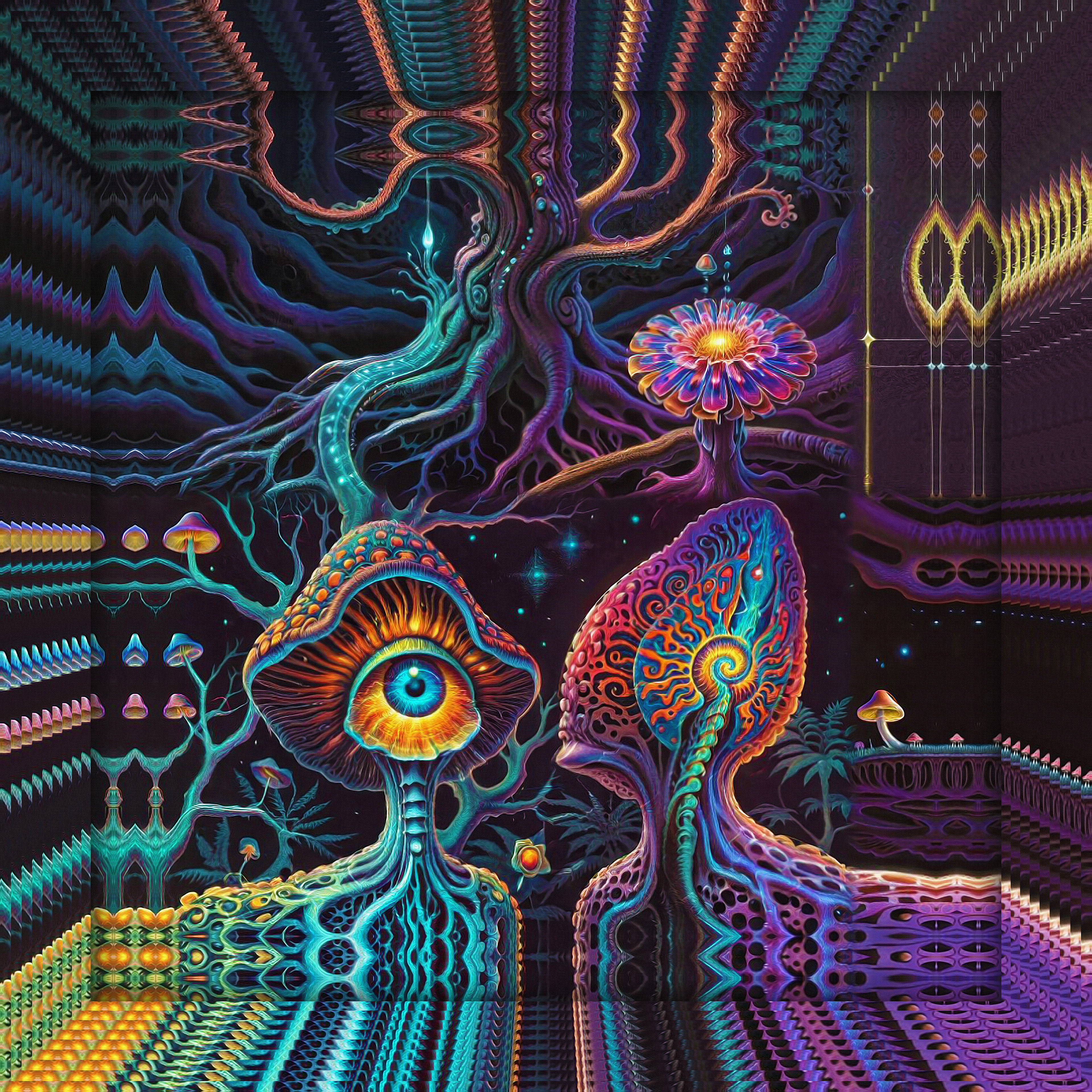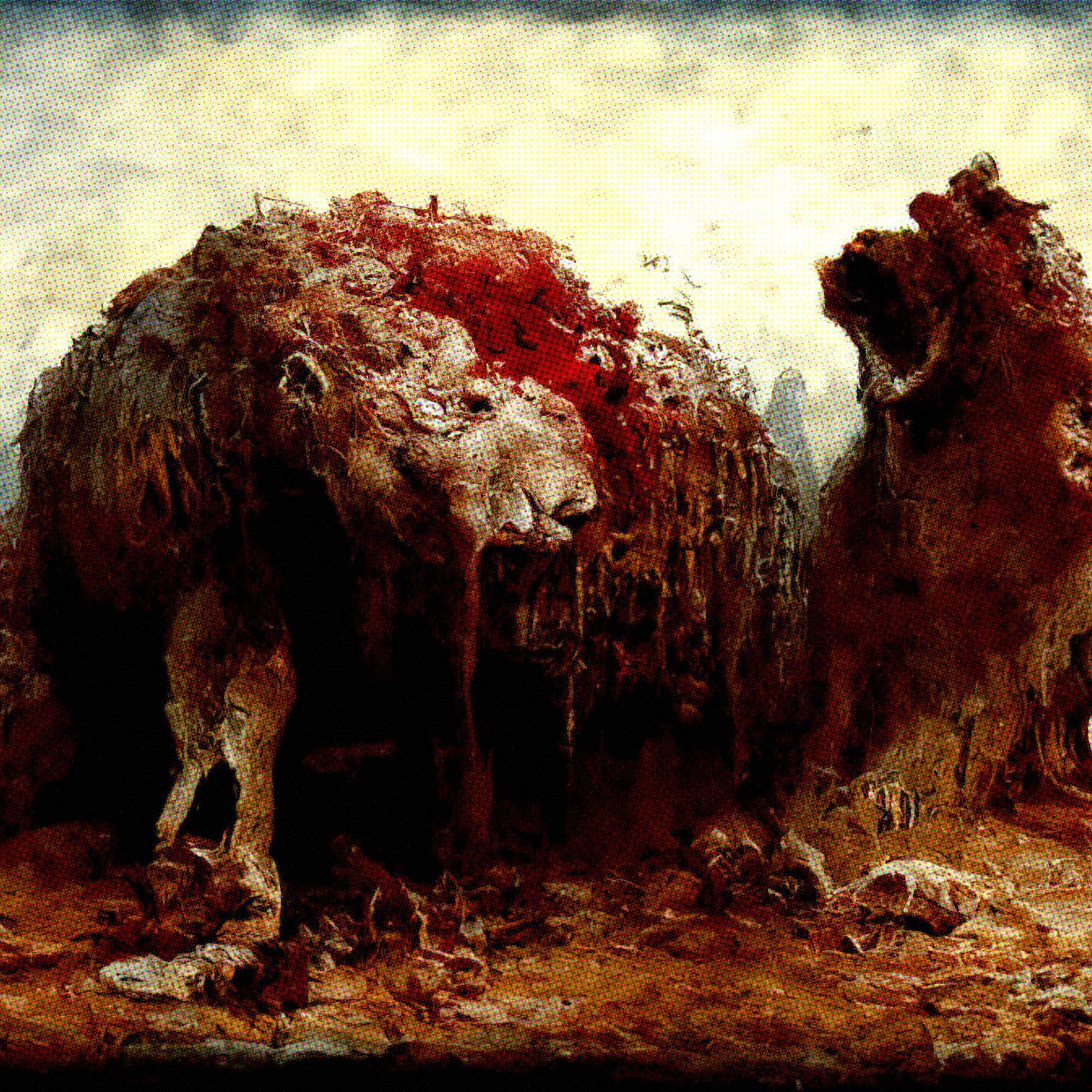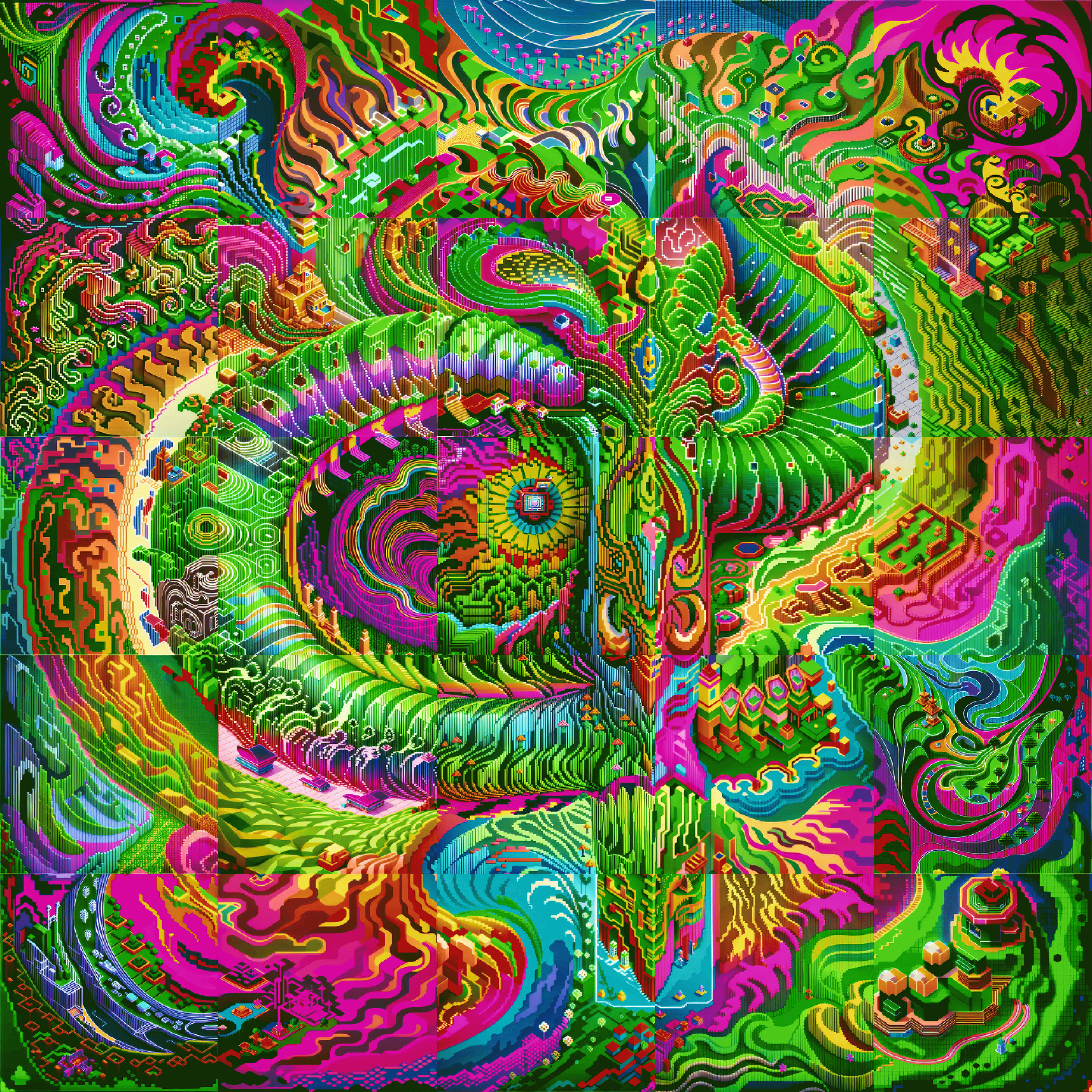Subconscious Perturbations - Vikara Sanni
The sacred and the profane were never opposites to me—only two masks contorting on the same face. The world teaches us to separate them: the “transcendent” elevated above daily decay, the “mundane” dismissed as background noise. But in my own inner terrain, that divide never held. The rupture between the two became a kind of faultline—an incessant hum of pressure where meaning and meaninglessness grind against each other. Subconscious Perturbations emerge from that pressure point. These works are not illustrations of anxiety; they are anatomical extractions of it. They chart the micro-seizures of a mind that refuses to stay domesticated—where mythic structures, childhood specters, ritual fragments, and biochemical tremors all riot simultaneously under the surface. The figures distort because that is the only honest way to show what my interior feels like: rituals collapsing into neurology, symbols drowning in sensation, the psyche leaking into its own architecture. I’m not looking for transcendence here. I’m documenting the moments when transcendence malfunctions—when the “sacred” doesn’t lift you upward but splits you open from the inside. These images are the aftershocks of that internal rift. A record of what happens when the subconscious stops whispering and starts convulsing. A cartography of disturbances I spent years trying to discipline into silence. If there is anything sacred in this series, it is not purity—it is the raw honesty of acknowledging the fractures. And if there is anything profane, it is the illusion that the mind should ever be stable, symmetrical, or serene. Subconscious Perturbations is not a search for balance. It is the moment the balance breaks—and the strange, mythic beauty that spills out.


